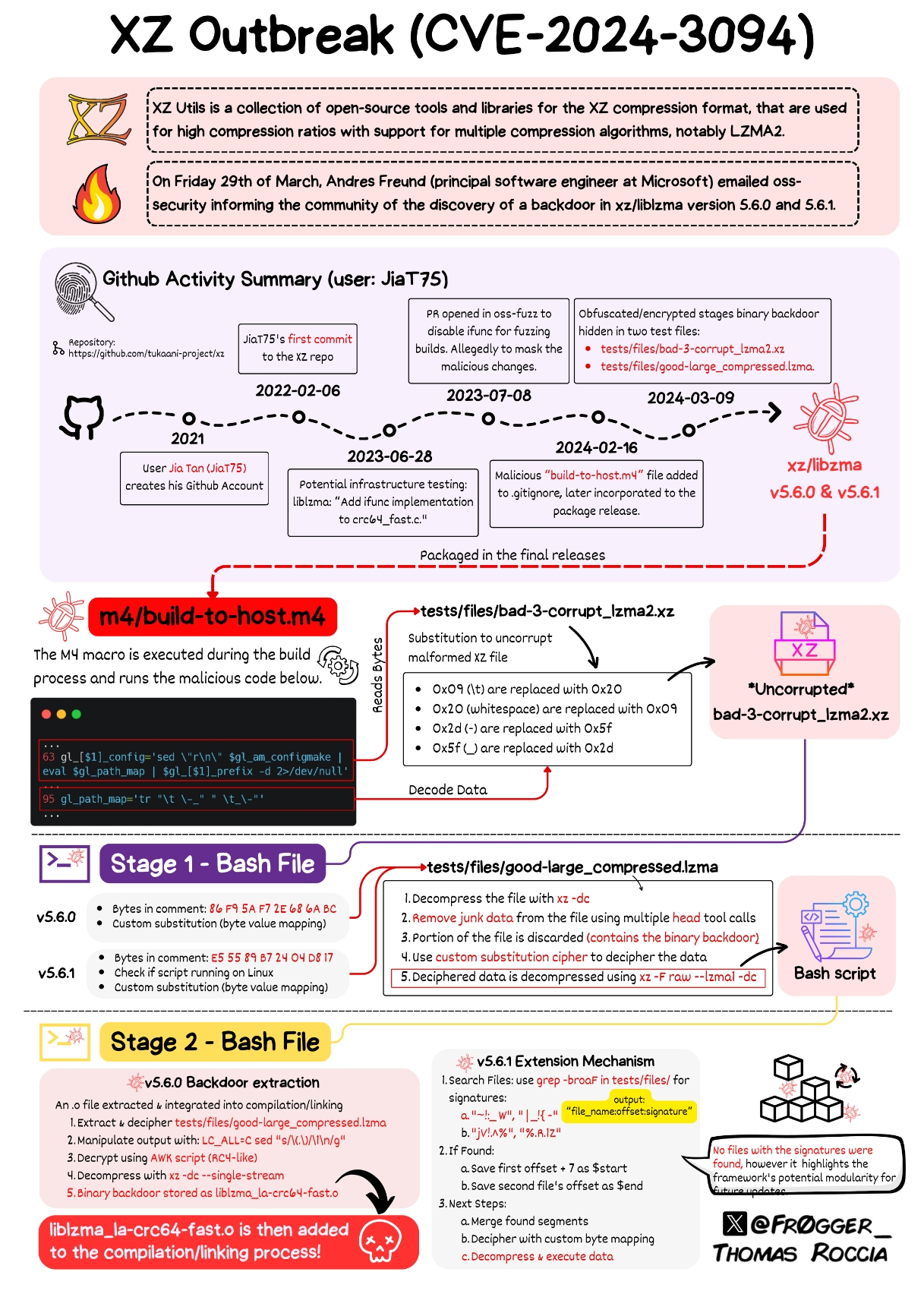this post was submitted on 01 Apr 2024
1209 points (99.2% liked)
Linux
48329 readers
726 users here now
From Wikipedia, the free encyclopedia
Linux is a family of open source Unix-like operating systems based on the Linux kernel, an operating system kernel first released on September 17, 1991 by Linus Torvalds. Linux is typically packaged in a Linux distribution (or distro for short).
Distributions include the Linux kernel and supporting system software and libraries, many of which are provided by the GNU Project. Many Linux distributions use the word "Linux" in their name, but the Free Software Foundation uses the name GNU/Linux to emphasize the importance of GNU software, causing some controversy.
Rules
- Posts must be relevant to operating systems running the Linux kernel. GNU/Linux or otherwise.
- No misinformation
- No NSFW content
- No hate speech, bigotry, etc
Related Communities
Community icon by Alpár-Etele Méder, licensed under CC BY 3.0
founded 5 years ago
MODERATORS
you are viewing a single comment's thread
view the rest of the comments
view the rest of the comments

I would say yes and no, but yes the clone command can do it. But branching and CI get a bit more complicated. Pushing and reviewing changes gets more complicated to get the overview. If the functionality and especially the release cycle is different the submodules still have great values. As always your product and repo structure is a mix of different considerations and always a compromise. I think the additions in git the last years have made the previous really bad pain points with bigger repos less annoying. So that I now see more situations it works well.
I always recommend keeping all testing in the same repo as the code that affects the tests. It keeps tracking changes in functionality easier, needing to coordinate commits, merging, and branches in more than one repo is a bigger cognitive load.